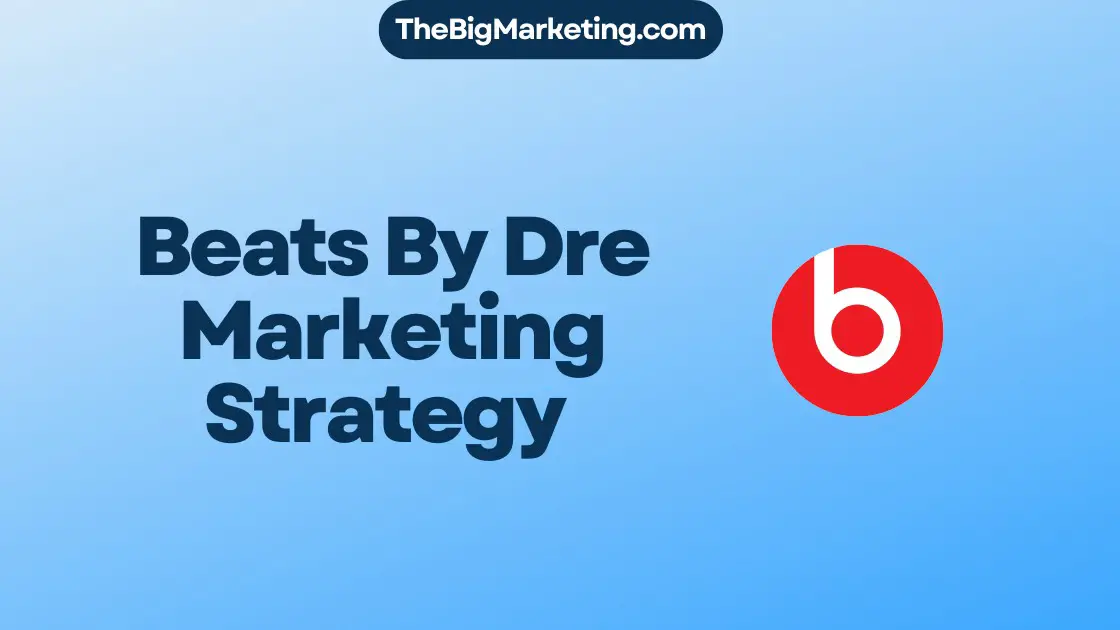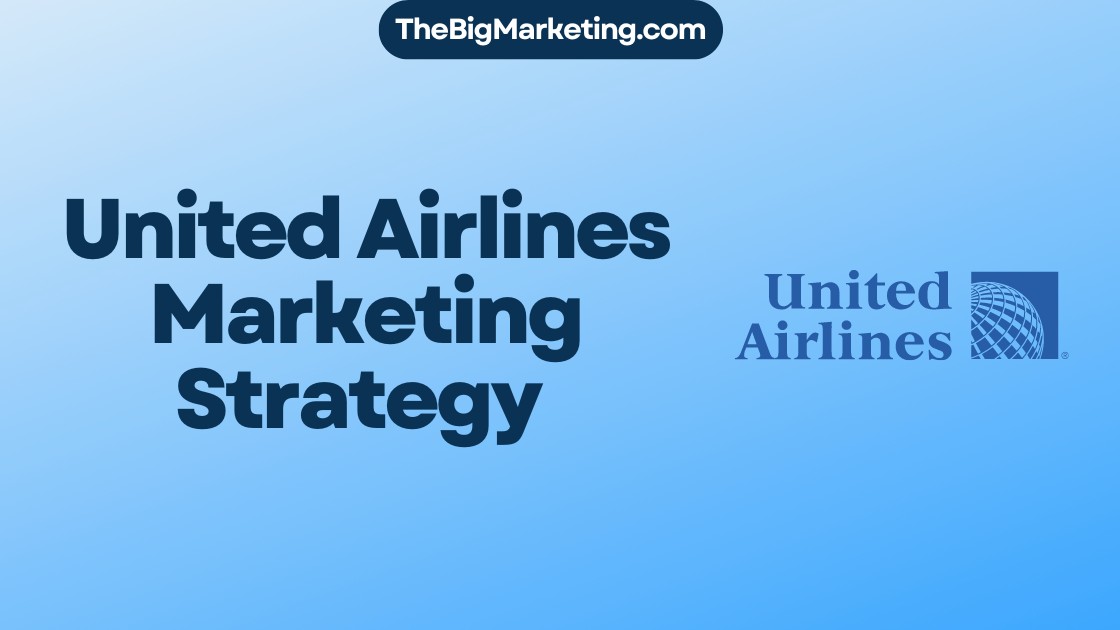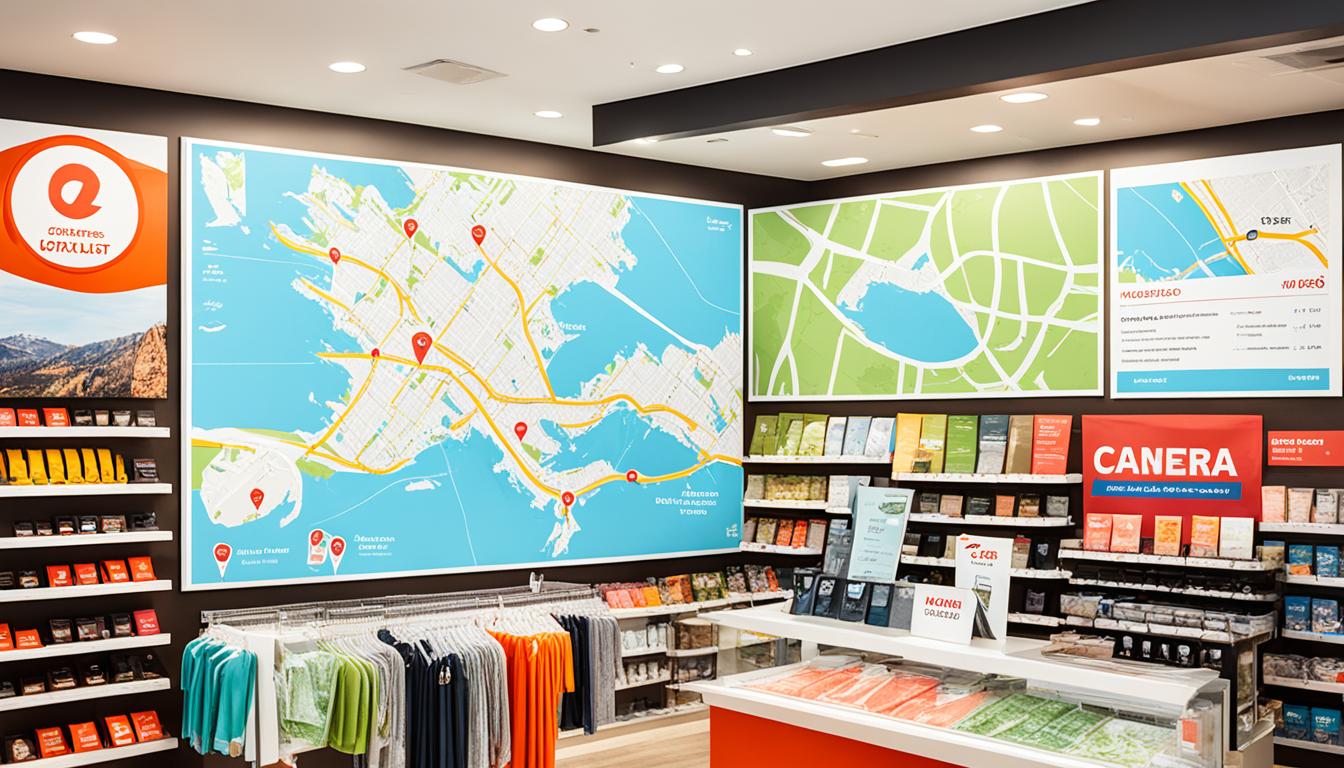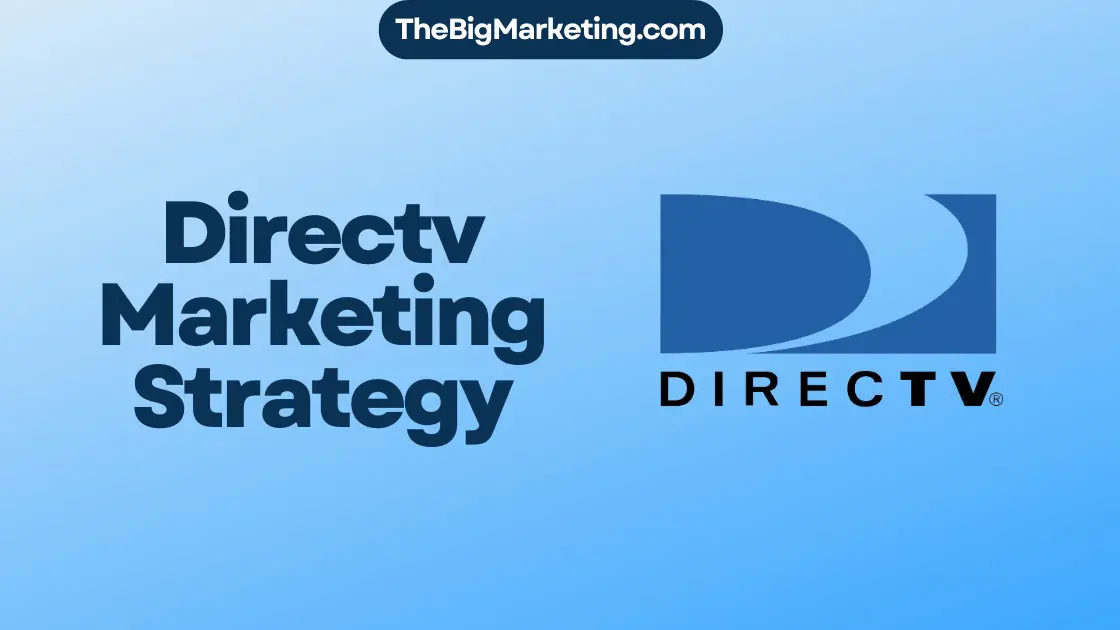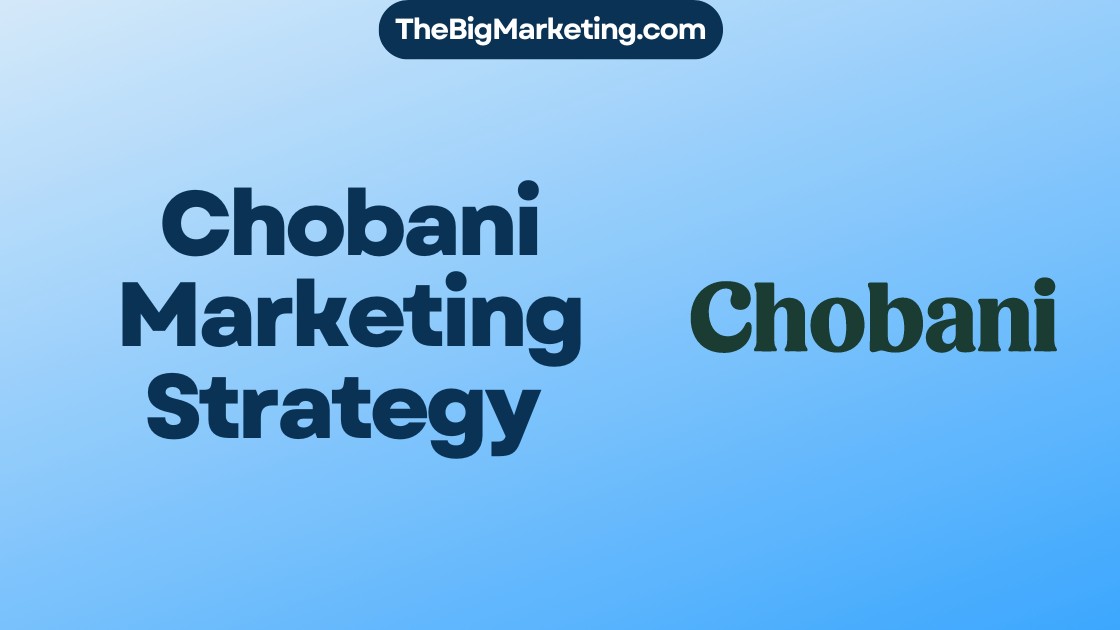Welcome to our guide on destination marketing! We will dive into how it boosts tourism. Destination marketing is now crucial for bringing in visitors and ramping up bookings. Let’s look into destination branding, digital marketing, and some successful campaigns. We will look at real-life examples and hear from the experts.
Key Takeaways:
- Destination marketing is a targeted approach in the travel industry that focuses on promoting a specific location.
- It aims to increase customer awareness and interest in a destination, leading to more bookings and boosting the local economy.
- Understanding the target audience, analyzing competitors, and utilizing digital marketing tools are essential for effective destination marketing.
- User-generated content plays a significant role in destination marketing, adding authenticity and social proof to marketing efforts.
- Incorporating user-generated content, leveraging social media platforms, and encouraging reviews and testimonials can create a powerful destination marketing strategy.
Destination Marketing Defined
Destination marketing is about promoting places to visit. It’s a strategy used in travel to make a location more popular. Tourist boards and travel agencies use it to bring in more visitors. This helps the local economy grow. The main goal is to make people want to visit by using videos, guides, testimonials, and unique experiences.
This type of marketing is key in the travel field. It highlights what’s special about a place. Destination marketing campaigns catch the eyes of travelers, inspiring them to book their trips.
| Benefits of Destination Marketing |
|---|
| Promotes a specific location |
| Increases customer awareness |
| Boosts tourism and the local economy |
| Engages potential customers through emotional desire |
| Stimulates bookings and holiday reservations |
| Influences customer decision-making process |
| Enhances the reputation of the destination |
Destination marketing boosts customer awareness and helps the economy. It brings tourists who support local businesses. This helps the community grow and thrive.
To launch successful marketing, travel companies work with local businesses and attractions. Teaming up, they highlight what’s unique about a destination. These partnerships create marketing that appeals to target audiences.
Destinations and Tourist Boards
Tourist boards are key in marketing destinations. They lead in promoting their places and pulling together marketing efforts. They work with travel companies and local businesses. The goal is to show off the best parts of a destination. They want to make their location a top choice for travelers.
In summary, destination marketing is a strong strategy. It raises awareness, increases tourism, and boosts the local economy. By focusing on a certain place and drawing in visitors, these campaigns are essential. They help destinations grow.
Benefits of Destination Marketing
Destination marketing significantly benefits travel companies and places. It uses emotional hooks to engage people, boosting sales rates. This approach goes beyond just selling holiday packages. It builds trust by showing what makes a location special.
It greatly improves a place’s reputation. By showing off what makes it unique, more travelers want to visit. This not only helps a single place but also boosts the local economy.
Engaging Potential Customers with an Emotional Hook
At its heart, destination marketing uses an emotional hook. It connects with people’s feelings and wants. Through beautiful pictures, great stories, and rich narratives, it shares the spirit of the place.
Higher Conversion Rates through Building Affinity
Destination marketing works by creating a strong bond with potential visitors. It does this by highlighting what’s unique about a place. This sense of familiarity and realness builds trust. That makes people more likely to visit, increasing conversion rates.
Improving Reputation and Increasing Interest
Destination marketing is key to improving a place’s reputation. It can clear up wrong ideas and spotlight the good. This draws more visitors. It also makes people curious about new places to explore.
Boosting the Local Economy and Creating Business Opportunities
One of the top advantages of destination marketing is its boost to the economy. It brings in visitors, which helps local businesses grow and creates jobs. This benefits not just tourism, but also other sectors like shops and transport.
In summary, destination marketing is a vital strategy. It helps travel spots and companies reach out, build relationships, fix reputations, spark interest, and improve the economy. By using destination marketing well, places can become top choices for travelers, helping the tourism industry succeed.
Successful Destination Marketing Strategies
In destination marketing, using strong strategies is key to promoting a place and drawing visitors. It’s important to know your audience, showcase what makes your location special, and solve any travel issues they might face. Let’s dive into some essential strategies:
Know Your Target Audience
First, get to know who you’re marketing to. Look into their age group, hobbies, and what they’re looking for in a trip. When you understand what drives them, you can craft messages and experiences that hit the mark.
Highlight Unique Selling Points
Ask yourself, what makes your destination unique? It could be the stunning views, rich culture, or exciting outdoor activities. Use your marketing to highlight these features and show why your place should be their next adventure.
Target Pain Points
Travelers often face challenges like finding deals on stays, getting around, or uncovering local gems. Show in your marketing how you can make their travel smoother. This can make your destination seem like the perfect choice.
Analyze Competitors
Take a close look at what others in your sector are doing. Pay attention to their messages, audience, and methods. Learning from them helps you find new opportunities and ways to stand out.
Utilize Video Content and Visuals
Images and videos can quickly grab attention. They let you showcase the beauty and activities your location offers in a powerful way. Use enticing videos and images to stir up the desire to explore your place.
Leverage User-Generated Content
User content, like photos or reviews from travelers, builds trust. It shows real experiences. Sharing this content can boost your destination’s image and create a welcoming community vibe.
Collaborate with Influencers
Working with influencers can boost your destination’s visibility. Pick those who resonate with your audience and can share genuine stories. Their endorsements can attract more people to your place.
Utilize Social Media Platforms
Social media is a potent tool for reaching out to potential visitors. Engage with users, share engaging content, and foster a digital community. Using specific hashtags and interactions on social media can increase interest and excitement.
These strategies can help spotlight your location, draw in the right visitors, and make their trip memorable. Let’s now look at some real-life success stories using these tactics.
Destination Marketing and Digital Tools
In today’s world, using digital marketing tools for destination marketing is key. These include online advertising, social media, SEO, and more. They boost visibility and help reach more people.
One important tool is online advertising. By using platforms like Google Ads, Facebook, and Instagram, marketers can promote places effectively. This helps in attracting potential visitors.
Social media is also vital. Platforms such as Twitter, Facebook, and Instagram help destinations connect with people. They can share engaging content and interact with the audience. Working with influencers and encouraging user-generated content are part of a strong strategy too.
SEO is crucial for getting noticed online. It improves a destination’s visibility in search results. When people search for travel-related keywords, they find the destination easier. This helps draw more visitors to the website.
Online reviews significantly impact travel decisions. Good reviews can boost a destination’s reputation. In contrast, bad reviews might deter visitors. Destination marketers should encourage positive reviews and address any negative feedback.
Photos and videos are powerful in showing what a destination offers. High-quality visuals can inspire people to visit. They provide a sneak peek into the experiences waiting for them.
Benefits of Digital Tools for Destination Marketing
Digital tools let destinations reach a global audience. They help attract visitors from around the world. This broadens the visitor base.
They also offer measurable results. Destinations can see how well their marketing works. They can track website visits, social media engagement, and more. This helps in making better marketing decisions.
Lastly, digital marketing can be more affordable than traditional methods. Online ads and SEO offer a good ROI. They are cost-effective ways to market a destination.
| Benefits of Digital Tools for Destination Marketing | Examples |
|---|---|
| Increased visibility | Inclusion in search engine results, social media presence |
| Wider audience reach | Targeted online advertising, social media campaigns |
| Measurable results | Website analytics, social media engagement metrics |
| Cost-effective | Online advertising, targeted marketing campaigns |
Integrating User-Generated Content in Destination Marketing
User-generated content (UGC) is a priceless tool in destination marketing. It sparks real stories, driving interest and offering proof to future visitors. By using UGC, marketers showcase a place’s special features, telling a story that hits home with their audience.
UGC in destination marketing stands out for being budget-friendly. Instead of spending a lot on content creation, places can use what visitors share. This approach saves money and brings a genuine touch that standard marketing can’t match.
Engagement and Social Proof
UGC connects with potential visitors in a meaningful way. When travelers post about their adventures and tips, it builds trust and feels real. Seeing actual guests enjoy the place and share happy moments impacts others’ choices greatly.
Further, UGC serves as valuable social proof. When future travelers see others having fun, it boosts their confidence in choosing the place. UGC’s role in raising interest and proving value is huge.
Viral Potential and Wider Reach
UGC’s ability to go viral is another key point. As visitors share on social media, their posts might spread widely. This can lead to more people seeing the destination, increasing interest and interaction.
Integrating UGC into marketing efforts lets destinations reach more through shared networks. It makes their message louder and clearer.
To show how UGC fits into destination marketing, consider this example:
| Destination Marketing Campaign | UGC Element Implemented |
|---|---|
| Seaside Escapes |
In the Seaside Escapes campaign, they used UGC to highlight real moments. They asked visitors to post photos and stories with a special tag. Seaside Escapes then picked some UGC to feature in their marketing, showing off the place’s charm and activities. This made potential guests more eager and showed the destination’s worth.
Using UGC in destination marketing is smart. It adds realness, involvement, and boosts the marketing plan. With UGC’s affordability, chance for going viral, and proving value, destinations can make campaigns that excite and draw in more people.
Utilizing User-Generated Content in Destination Marketing
In destination marketing, using user-made content can really up your game and bring in more people. By sharing real visitor experiences, you create a trustworthy image. Here’s how to make the most of it in your marketing plan:
1. Featuring Visitor Photos
Showcasing photos taken by visitors can make others want to visit. These images catch the eye and can push people to book a trip. They give a real view of what to expect.
2. Incorporating User Reviews
Adding reviews from users makes your place seem more credible. Good feedback makes future visitors feel confident about choosing your destination. Use these reviews in various marketing tools to spark more interest.
3. Showcasing UGC in Social Media Ads
Social media ads are perfect for displaying user content. Including it in your ads grabs attention and makes an emotional link. With genuine photos and stories, you can boost interest in your location.
4. Personalizing Content through Email Marketing
Using user content in emails makes them more personal and interesting. Put in photos and stories shared by visitors in your emails. This makes people look forward to visiting your place themselves.
5. Embedding Social Buzz on Websites
Putting social media feed on your site builds excitement and community. It shows the latest visitor content, sparking interest and making others want to join in. This way, you get more people planning to visit.
6. Encouraging Social Sharing
Spread user content wider by promoting sharing. Use hashtags, contests, or rewards to get visitors sharing their experiences. This grows your content’s reach and builds a community around your destination.
Make your destination marketing better with user-made content. Use visitor photos, reviews, and more across different channels. This approach adds truthfulness, shows social approval, and builds a community. And it’ll bring more people your way.
| Benefits of Utilizing User-Generated Content in Destination Marketing |
|---|
| 1. Adds authenticity and social proof to your marketing efforts. |
| 2. Drives bookings and ticket sales by showcasing real visitor experiences. |
| 3. Increases trust and credibility among potential travelers. |
| 4. Creates a sense of excitement and community engagement. |
| 5. Expands reach through social sharing and viral potential. |
Creating a Powerful Destination Marketing Strategy with UGC
To design a powerful destination marketing strategy, first, set clear goals. Also, know who you want to reach. This makes sure your marketing hits the right note with your audience.
Using user-generated content (UGC) is key in destination marketing. By encouraging and rewarding UGC on social media, you can create a big impact.
Displaying UGC that shows off the best parts of a place can tell a compelling story. It makes people want to experience the destination themselves.
Building relationships with those who create UGC is important. Commenting, liking, and sharing their content helps form a community. This shows appreciation for their efforts.
It’s also smart to ask for reviews and testimonials from visitors. These build trust and convince others to visit.
A great destination marketing plan uses the power of UGC. It sets goals, engages with content creators, and gathers reviews. This helps create a marketing campaign that feels real and invites tourists.
Key Components of a Powerful Destination Marketing Strategy with UGC
| Components | Description |
|---|---|
| Clear Objectives | Defining specific goals and outcomes to guide the destination marketing strategy. |
| Target Audience | Identifying the demographic and psychographic characteristics of the desired audience. |
| Encouraging and Incentivizing UGC | Motivating visitors to generate and share authentic content through social media platforms. |
| Curating and Showcasing UGC | Selecting and presenting the most compelling UGC that aligns with the destination’s brand and values. |
| Engaging with UGC Creators | Building a relationship and fostering ongoing communication with UGC creators to maintain their engagement and advocacy. |
| Encouraging Reviews and Testimonials | Prompting visitors to share their experiences through reviews and testimonials to enhance trust and credibility. |
Examples of Successful Destination Marketing Campaigns
Many great destination marketing campaigns use content made by users. A standout case is Seaside Bay’s “Share Your View” campaign. This campaign showed how visitors and locals see the lovely coastal town. They posted photos on social media with #ShareYourViewSeasideBay.
Seaside Bay’s approach created a genuine story that attracted future visitors. People could see the town through others’ photos. They viewed its beautiful scenes, lively streets, and markets. This approach helped highlight what makes Seaside Bay unique.
The campaign boosted community spirit and worked well for marketing. It drew in people with amazing photos shared by those who were there. These images made others want to visit and experience Seaside Bay for themselves. Using real photos and stories worked well for promoting the town.
It spread across social media, sparking lots of interest. Seaside Bay reached more people thanks to shared content. The “Share Your View” campaign helped make the town a popular place to visit. It drew many new visitors.
The photo above captures Seaside Bay’s beauty, showing why it’s so appealing. The campaign used real visitor photos well. It connected with people, making them want to visit.
Destination Marketing Trends
The world of tourism is always changing. Destination marketing must keep up with new trends and ideas. This helps places stay appealing and draw in visitors. Let’s look at some current trends changing the industry:
Influencer Marketing:
Influencer marketing is a big trend right now. Influencers help by showing off places through their eyes to their fans. They use great photos and tell exciting stories. This encourages people to visit new places and make their own memories.
Virtual Reality and Immersive Experiences:
Virtual reality (VR) and immersive experiences are also on the rise. They let people visit places without leaving home through virtual tours. It’s a new way for potential travelers to see what a place is like.
Sustainable Tourism:
People care more about the environment these days. That’s why sustainable tourism is becoming more popular. Places are using eco-friendly practices and encouraging travelers to be responsible. They want to protect nature and reduce tourism’s environmental harm. Travelers look for places that care about sustainability.
To stay relevant, it’s important for destinations to follow these trends. This way, they can connect with travelers, offer great experiences, and build a strong image in the travel world.
Conclusion
Destination marketing is a key way to promote tourism. It uses user-generated content and smart strategies to attract visitors. This approach makes marketing feel real and engaging.
Using digital tools like social media and online ads helps a lot. Working with influencers is another boost. Yet, user-generated content (UGC) is super powerful. UGC makes marketing more believable because it shows real experiences.
In short, destination marketing highlights what’s unique about a place. It helps to increase tourists and benefits the local economy. By focusing on UGC and innovative strategies, destinations can tell a story. This story gets people excited to visit and explore new places.
